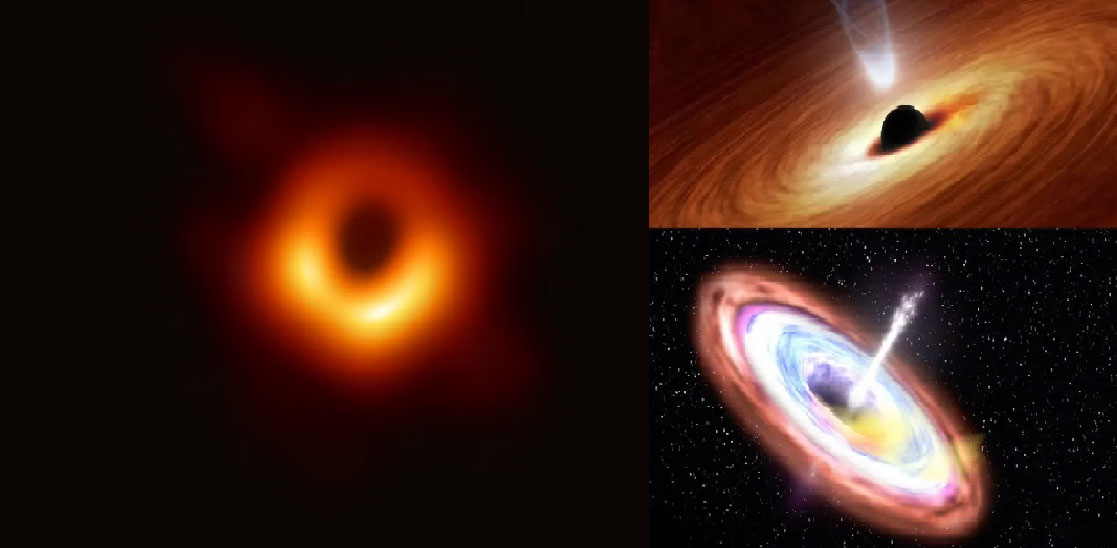ISRO and IIT Guwahati Researchers Detect Polarised Emissions from a Black Hole

In a groundbreaking development, scientists from the Indian Institute of Technology, Guwahati (IIT Guwahati), in collaboration with the UR Rao Satellite Centre of the Indian Space Research Organisation, have successfully detected polarized emissions from a black hole source located beyond our Milky Way Galaxy. This significant achievement was made possible through the application of X-ray polarimetry, a specialized observational technique.
Professor Santabrata Das, from the Department of Physics at IIT Guwahati, explained the uniqueness of X-ray polarimetry in identifying the origin of radiation near black holes. The focus of their study was on LMC X-3, a binary star system comprised of a black hole and a "normal" star that surpasses the Sun in terms of temperature, size, and mass. This celestial system is situated in a satellite galaxy of our Milky Way, approximately 200,000 light-years away from Earth.
LMC X-3 has been under observation since its discovery in 1971, with various satellites capturing its phenomena. The emitted X-rays from LMC X-3 are remarkably potent, being 10,000 times more powerful than those from the Sun. When these intense X-rays interact with the surrounding material near black holes, particularly through scattering, they undergo changes in polarization characteristics, such as degree and angle. This alteration aids researchers in comprehending the gravitational forces at play and how matter is drawn towards black holes.
Dr. Anuj Nandi, a scientist from the UR Rao Satellite Centre, ISRO, highlighted that intense gravitational fields can polarize the emitted light from black holes. The observations suggest that LMC X-3 likely hosts a black hole with a low rotation rate, surrounded by a slim disc structure responsible for the polarized emissions.
The findings of this groundbreaking study have been published in the Monthly Notices of the Royal Astronomical Society Letters, providing a new avenue for investigating and understanding the nature of astrophysical black hole sources. The research was funded by the Science and Engineering Research Board (SERB) under the Department of Science and Technology in India.



